Last updated on April 4th, 2025 at 11:24 am
This is a review of the second edition of Solutions Architect’s Handbook, published by Packt and authored by Saurabh Shrivastava and Neelanjali Srivastav. The reason behind the review is that most often we Technical Program Managers (TPMs) focus primarily on System Design when we want to learn and improve our technical acumen. Unfortunately, we miss out on so many other pieces that could shape our knowledge base.
The Solutions Architect’s Handbook aims to provide every TPM, regardless of experience, a more holistic approach to being technical. The roles that the TPM role overlaps with are generally the engineering manager role, the product manager’s role, and the solutions architect’s role. However, most of us do not fully understand the solutions architect’s role enough, and this book does well to bridge the gap. TPMs are generally not tasked with providing solutions, but it is imperative we understand as well as challenge the solutions provided by solutions architects or development leaders.
The book is a great read as it brings light to topics that you might already know but it also gives an overview into new concepts like cloud-native architecture principles, data engineering, machine learning concepts, IoT and many more frameworks that are not generally in everyone’s toolbox. As mentioned earlier, the key for a TPM is not to be an expert in these areas but at the very least understand the concepts and constraints within which their team needs to operate. The book is a fantastic primer to all things technical a TPM needs to know.
Here are some chapter-by-chapter insights for you:
Chapters 1 & 2:
These chapters give a great introduction and go into quite a bit of depth into the solution architect’s role. It addresses the importance and the need for the role. It also sheds light on how the SA’s role varies as an Enterprise SA, Cloud SA, Infrastructure SA, Network SA, Data SA, ML SA, Security SA, or DevOps SA. It is quite enlightening to know that there are SAs who specialize in different areas. Then it goes into the role and the responsibilities of the SA. The responsibilities section itself is quite interesting as there are several common intersections with the TPM’s responsibilities.
Chapters 3 & 4:
These chapters give you an intro into the architectural considerations when designing systems. It covers scaling, availability, resiliency, reusability, and a variety of security and cost aspects that need to be kept in mind.
Chapter 5:
This chapter is a great read for folks who are new to the cloud space. The authors are both currently AWS Solutions Architects and Product Evangelists and their knowledge in the area is evident. It takes the approach of what any organization moving to the cloud should consider, including choosing a cloud provider as well as various cloud migration strategies.
Chapter 6, 7 & 9:
These chapters go into design patterns that solutions architects use. This can be a good add-on to the interview prep courses TPMs generally do, such as Grokking. It covers the N-Tier architecture model, microservices, queue-based patterns, event-driven architectures, caching, and containerization. Chapter 7 is all about performance considerations and optimization, while Chapter 9 is all about reliability and designing a system that has a high tolerance. These are great reads for anyone.
Chapter 8:
This chapter is dedicated to security. This is quite an interesting chapter, particularly for all the folks who have not had a lot of experience in working closely with organizations whose primary focus has been focused on web, application, and data security. It also does a good job on user access and identity management.
Chapter 10 & 11:
These chapters give great tips on what to watch out for, particularly in a development organization, as it gives insights into operations and cost considerations that need to be at the forefront of any TPM’s mind.
Chapter 12:
This chapter educates TPMs with the various components of DevOps and implementation of a DevOps strategy and its components. One other key piece this chapter covers is continuous deployment and roll-back. I can’t emphasize how important it is to understand DevOps as a TPM.
Chapters 13 & 14:
These chapters go over more modern topics like Machine Learning principles and Data Engineering for architects. The Data Engineering chapter goes into the varieties of modern storage from cloud-based block and object stores to newer data storage principles like NoSQL, and then moves to data visualization. The ML chapter gives a good overview on preparing data for modeling, training and tuning data models and then touches on ML ops principles and practices.
Chapters 15 & 16:
These chapters take a look at future-looking technologies like IoT and Quantum Computing. The IoT Chapter goes into the fundamentals of how an IoT device behaves, along with the microprocessor and microcontroller device management and an IoT device’s connectivity back to the homebase. Though we have not seen the full-fledged use of Quantum computation and its impacts on real-world applications, Chapter 16 does a great job educating the user of the variety of building blocks of quantum computing like Qubits, Superposition and Entanglement. It also goes into the working mechanisms of quantum computers.
Chapters 17, 18 & 19:
These chapters cover rearchitecting legacy systems, solution architecture documentation, and finally learning to become a better solution architect. These probably are the only chapters that do not add too much value to TPMs. Nevertheless, they are interesting to read, as they help you understand the SA role better. The SAD chapter provides a good framework for writing a good architecture document, which TPMs can use effectively while writing documentation.
Summary
Overall the second edition of Solutions Architect’s Handbook is a great read and provides much-needed knowledge that is required for TPMs and other professionals in the solutions architecture space. The important thing to note is that it’s very difficult for a TPM to gain all this knowledge just from the job – this book puts things into perspective and gives TPMs a very broad range of insight into a breadth of topics.
Use ’25TPM’ to get 25% discount on ‘Solution Architects Handbook, 2nd edition’ (Only available for paperbacks in the US)
To join this book’s community on Discord, click here.

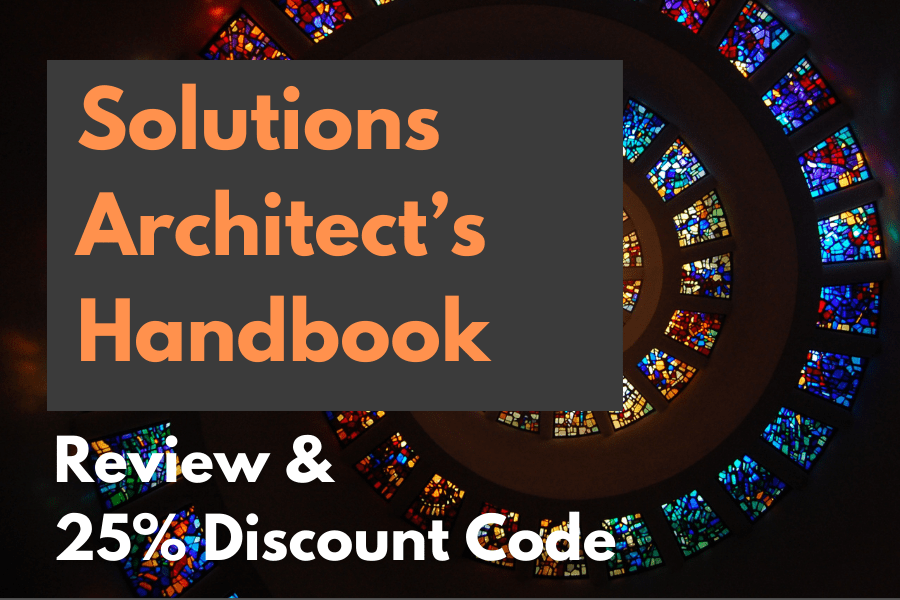
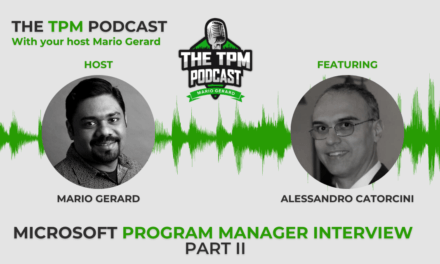
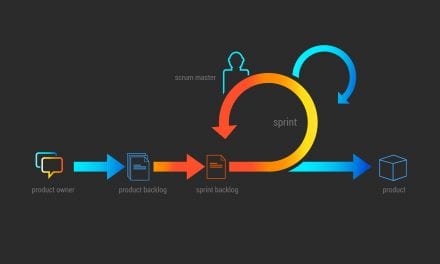

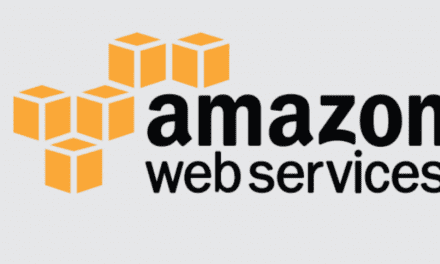






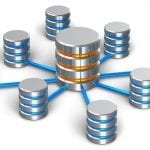
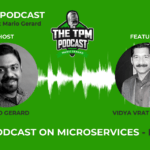




Great! insight into book
Awesome review